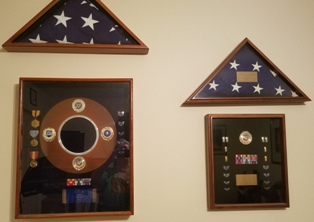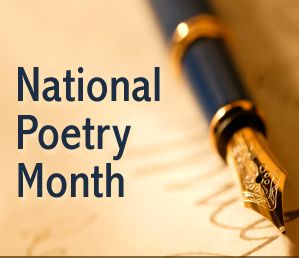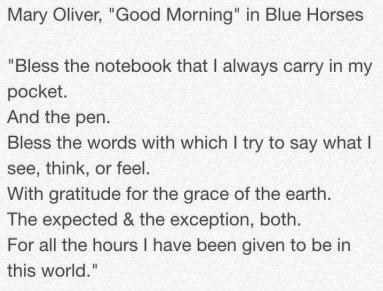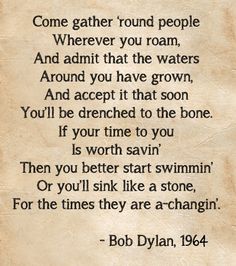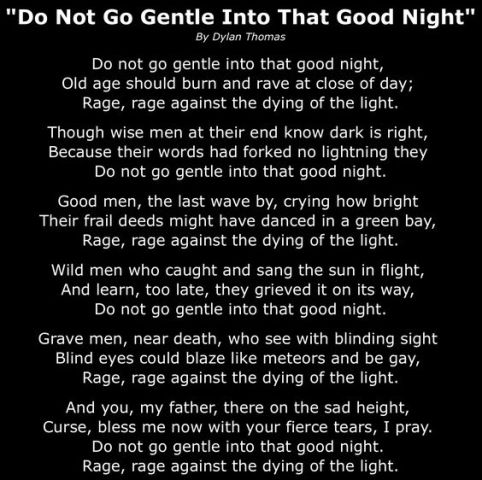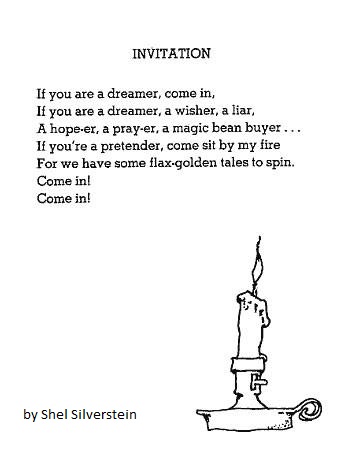9 Trending Fiction Genres
TRENDS IN FICTION
One of the challenges for today’s writers is keeping up with current writing trends. I find this to be particularly true when trying to decide, “what is my genre?” Genre identification has expanded and is a whole new adventure in branding as every author diligently attempts to find his or her best niche.
New genres keep popping up and it is important to stay up-to-date with the current trends. Yes, some of these trends are passing fancies, and some are pure fad. Yet it is hard to know when they arrive whether they will become “the next big thing” or yesterdays “oh no you didn’t.”
To help you stay abreast with what’s trending and cool, here are some newer genres in Fiction of which you may not be aware. Perhaps you will want to investigate one or two and discover that your work might fit into something new and developing. Some of these you may have heard about but really didn’t understand (join the party — sometimes I don’t get them either). I promise you that these are current and might prove valuable.

9 Fiction Genres You Need to Know
CLI-FI
Climate Fiction describes stories about hazards of climate change and global warming where eco terrorists are the primary villains. Environmental disasters are the order of the day. Not considered truly speculative fiction, it takes place in the world we know today or in the very near future. This is still a developing category but many universities are including it in their teachings.
Books in this genre: Atonement by Ian McEwan, Margaret Atwood’s Oryx and Crake
MYTHOPOEIA
Mythopoeia is Greek for “mythos making.” It is a narrative where fictional or artificial mythology is created. More narrow than saying it is science fiction or pure fantasy, this is a more mystic creation by a single individual, the same way Tolkien created Middle Earth (as Tolkien is considered one of the creators of mythopoeia).
Books in this genre: Neil Gaiman’s Neverwhere, The Hunger Games by Suzanne Collins, or A Song of Fire and Ice by GRRR Martin.
BIZARRO
Okay, I admit I had to laugh when I saw this one. Bizarro fiction was created by small American press publishers to meet the demands of good weird fiction. Called the “literature’s equivalent of the cult section at the DVD store,” this is where you find the things that make your eyebrow go up in astonishment or confusion or even, like me, giggle.
Books in this genre: Shatnerquake by Jeff Burk, Felix and the Sacred Thor by James Steele
INTERACTIVE FICTION
These are stories where you get to dictate how the story progresses and moves forward. (I actually wrote one of these back in 1998 called The Revenants of Hawthorne Mansion, which was posted online and readers chose whether they wanted the Reality ending or the Fantasy ending. And neither was what they expected. Yes, I was ahead of my time in this genre!).
This genre has been around since the mid-70’s but is just now getting new life. It blurs the lines between virtual and real worlds. There is no wrong way to read it and it is looking to be the next really big wave between reading and playing. (Real Player One, anyone?)
Books in this genre: Blood of the Zombies by Ian Livingston and Women and Bad Decisions by Shawn Harris.
MINIMALISM
According to Chuck Palahniuk, this is the closest storytelling to movies there is. Authors use short sentences and mandate a stripped down writing style. This writing mimics real talk and keeps adjectives, adverbs, and meaningless details to a minimum. It is an off-shoot of flash fiction, but longer.
Books in this genre: Lullaby by Chuck Palahniuk, The Mind’s Eye by Oliver Sacks, 31 Songs by Nick Hornby.
FABULISM (also called Magical Realism)
In this genre, writers portray the world realistically but with a few magical and/or supernatural elements interwoven into it. For example, imagine a forest you know well but with clocks hanging from the trees. This identification began with some Latin American literature. Used mostly in the arts, it is gaining strength in regular literature. One key element is a heightened awareness of mystery in the hidden realism. Fabulism tells stories in the real world but is in opposition to modern and urban realism.
This genre is often confused with exoticism.
Books in this genre: The House of Spirits by Isobel Allende and Toni Morrison’s Beloved.
FACTION
Some critics believe this category is more for the non-fiction genres but I stand with those who disagree. These are stories of historical figures woven together with fictional elements. Historical novels are fictional accounts of real people in real places. Faction blends the fact and the fiction but the story is rooted in truth. The outcome may be to create a new belief or conclusion. Many believe this to be a sub genre of historical novels and therefore, non-fiction. Developing genre!
Books in this genre: Roots by Alex Haley, In Cold Blood by Truman Capote, Allegiant by Veronica Roth.
FANFIC
Most everyone knows about Fan Fiction and is aware that it is prose or poetry written by fans of books or films with favorite characters. I confess I was writing fan fiction with Anne Rice’s characters before she agreed to allow it (not for profit) in 2012. Most writers pick up the stories where the books or movies end and change the future or re-write certain events that bothered them. Few know that 50 Shades of Grey started out as a Twilight-inspired fanfic – and you can see where that went. However, many fanfics never see the published mainstream light of day and can be considered a great risk.
This genre has a subgenre called Slash, where more erotic fanfic lives.
Books beginning as fanfic: After by Anna Todd (One Direction fanfic), His Majesty’s Dragon by Naomi Novik (author fan of the Master and Commander series of stories).
GRAN LIT
Okay now, all you 20,30 and 40 somethings, don’t laugh. This is fiction written specifically for middle age folks and senior years. Stories with sunny adventures, zest, romance and hope. This genre was recognized after the 2011 book Thursdays in the Park, a romance between 60-somethings, where the author Hilary Boyd asks, “does love always come with a sell-by date?”
Honestly, I’m still reading NA, a little YA but I love my gothic paranormal and I guess that’s why I love vampires. We get to be old and cliché, dark and morose, romantic with an edge, without being Gran Lit. But there was a giant missing library of books for the senior set and Gran Lit fills this.
Books in this genre: Loop Group by Larry McMurtry
_____________________
I encourage you to broaden your genre knowledge and maybe you will be able to add more categories to your book listings!
Most of all, remember not to stagnate and to keep up with evolving trends. You never know, you might have an idea for something new and cool, like CoffeePunk (for us lovers of our daily java fix mashed with our need for a scifi fantasy clifi gran lit.
Thanks for stopping by,
I remain, Yours Between the Lines,
Sherry




















